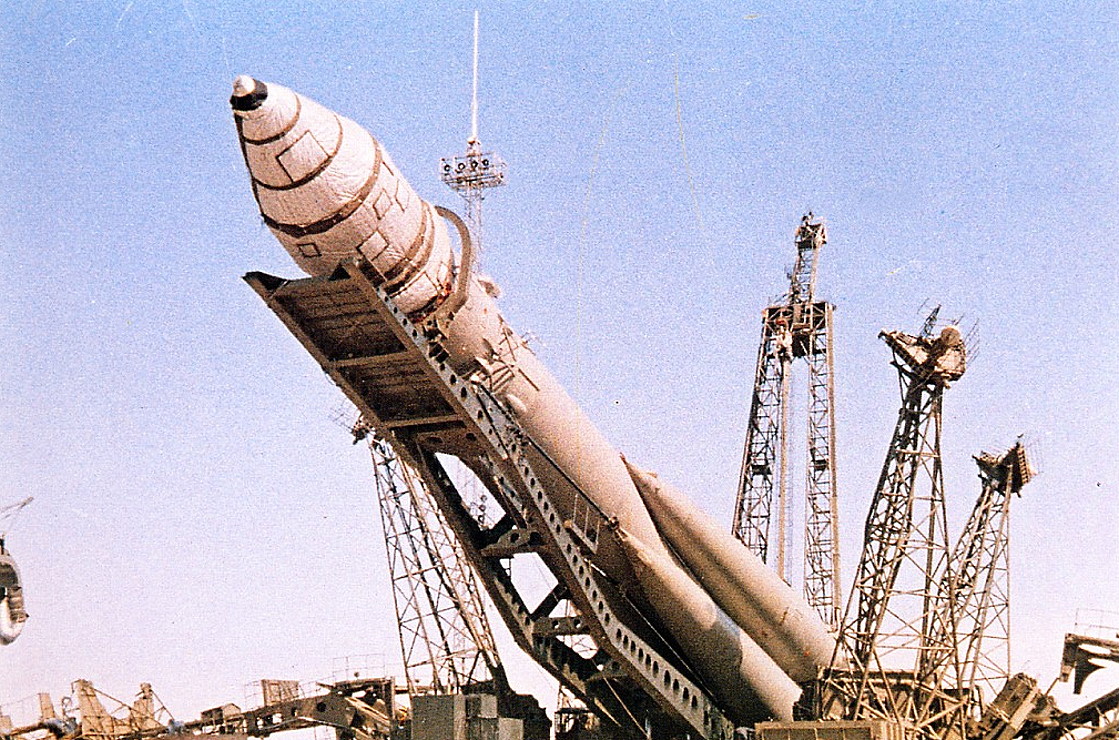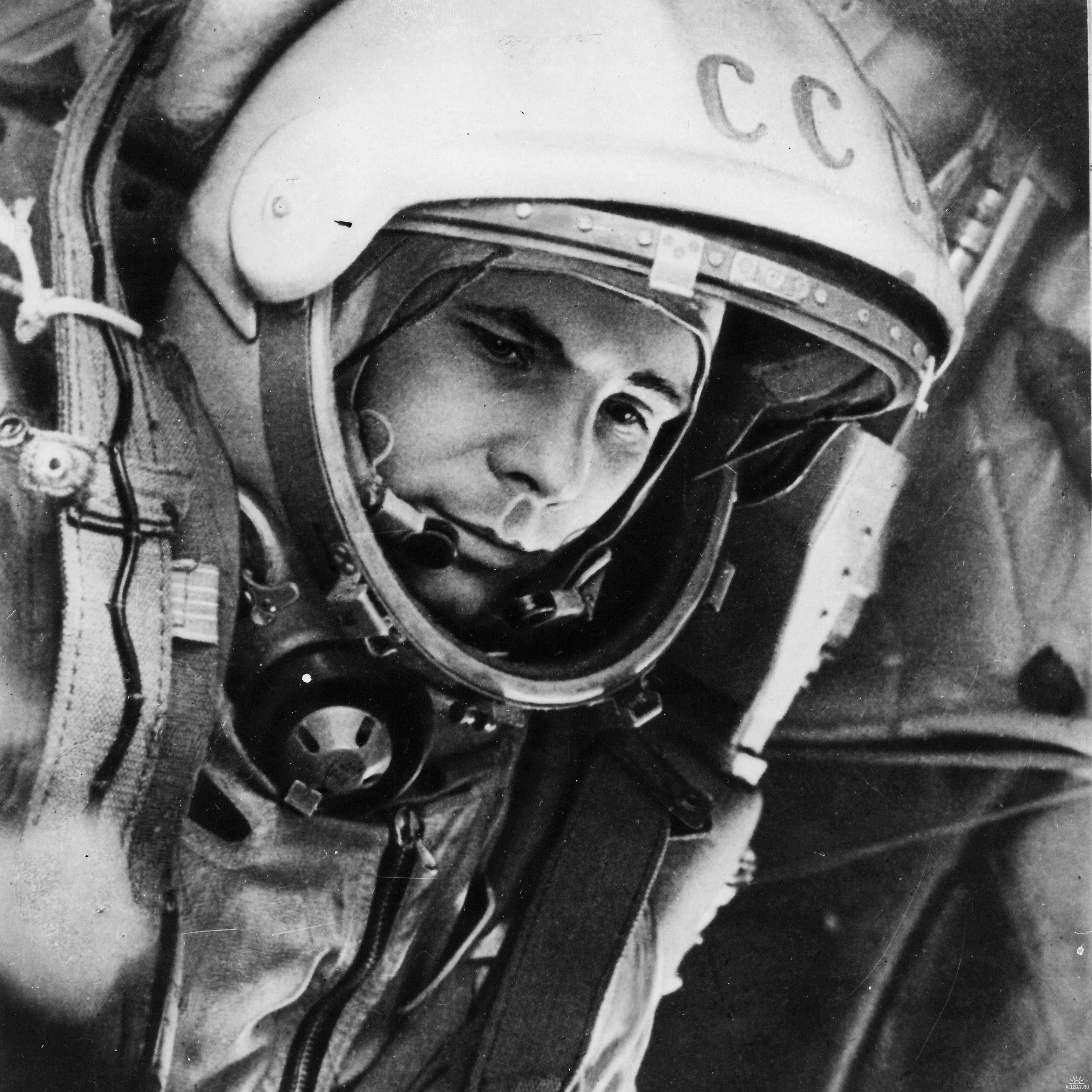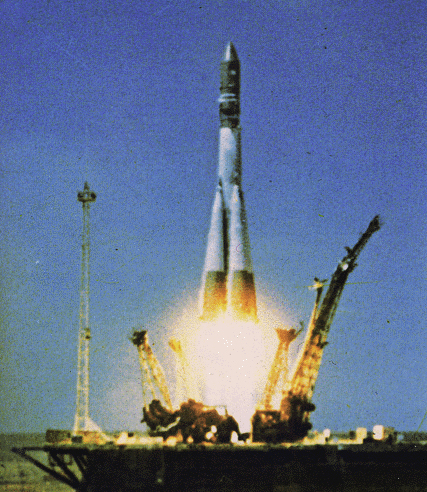The Vostok Program: The Soviet's first crewed spaceflight program
The first in spaceflight.

The Vostok program was a Soviet space program project that ran from 1960 to 1963 and achieved many spectacular milestones in spaceflight, including placing the first man in space, the first woman in space, and the first joint flight of two different crewed orbiters.
Vostok took place at the beginning of the space race, a series of competitive technology demonstrations between the United States and the Soviet Union, aiming to show superiority in spaceflight during the Cold War. The USSR was largely seen to be ahead in the early days of the space race.
Russia has a long and prestigious history of thinking about human spaceflight, all the way back to the pioneering work of engineer and mathematician Konstantin Tsiolkovsky, who in 1903 first derived the rocket equation, which describes the movement of spacefaring vehicles. This helped give the Soviet Union a leg up at the dawn of the Space Age.
After launching Sputnik, the first artificial satellite, in 1957, the USSR began preparations for crewed missions, which included developing the Vostok spacecraft that would carry people into space, according to Astronautix.com, a website about space history. These spacecraft were placed atop the Vostok rocket, a 98-foot (30-meter) launch vehicle slightly larger than those used in NASA's Mercury program.
Between 1960 and '61, the Soviets launched several test Vostok capsules containing dogs, some of which were killed during their missions and some of which survived and landed safely on Earth, according to Russianspaceweb.com.
Related: Laika the dog & the first animals in space
Vostok 1 and Yuri Gagarin, the first man in space
History was made on April 12, 1961 when Yuri Gagarin became the first human to fly in space and orbit the Earth during the Vostok 1 mission. Gagarin's flight lasted a short 108 minutes, as he travelled once around our planet before reentering the atmosphere.
Because engineers were uncertain about how weightlessness would affect Gagarin, the spherical one-person Vostok capsule had little in the way of onboard controls, with most actions being coordinated by planners on the ground. In case of an emergency, Gagarin was given an override code allowing him to take manual control.
The cramped Vostok cabin was only about 8 feet (2.5 m) in diameter and made of aluminum alloy. It sported two windows: One above the cosmonaut's head in the entry hatch and one at his feet. During that first flight, the capsule contained 10 days' worth of provisions in case the engines failed and Gagarin was required to wait for the orbit to naturally decay.
The Vostok spacecraft had no real maneuvering capabilities and couldn't land on its own. After reentry, Gagarin ejected from the spacecraft about 4 miles (7 kilometers) up and parachuted to the ground, landing in a potato field and startling a farmer and her granddaughter, according to Russianspaceweb.com.
Gagarin became a national and international hero, with hundreds of thousands of people cheering him during a celebratory parade in Red Square, a public plaza in Moscow. The anniversary of his flight is commemorated as "Cosmonautics day" in Russia.

Vostok 2 and Gherman Titov
On Aug. 6, 1961, the USSR launched Vostok 2, which carried cosmonaut Gherman Titov, who became the fourth person in space after American astronauts Alan Shepard and Virgil Grissom flew suborbital flights for NASA's Mercury program. Titov became the first person to stay in space for more than a day, orbiting the Earth 17.5 times over the course of 25 hours, according to the New Zealand website Daryl's Space Collection.
Titov had been Gagarin's backup pilot for Vostok 1, and Vostok 2 was his only spaceflight. After his flight, he was grounded for medical reasons as he had the unfortunate honor of being the first person to experience space sickness, having been so nauseated that he could barely eat during his mission, according to Russianspaceweb.com.
Vostok 3 and 4

Vostok 3 and 4 was a daring double mission in which two separate spacecraft launched within a day of each other, on Aug. 11 and 12, 1962. Cosmonaut Andriyan Nikolayev rode on Vostok 3 and Pavel Popovich flew aboard Vostok 4.
The simultaneous spacecraft were a response to the U.S. managing to successfully orbit one of their astronauts, John Glenn, earlier that year. The Soviets decided to show their superiority by demonstrating "formation flights" in space, according to Russianspaceweb.com.
Vostok 3 launched first and was in position when Vostok 4 arrived in orbit, with the two spacecraft coming within 3 miles (5 kilometers) of one another after Vostok 4's launch. The two pilots made radio contact with one another and Popovich reported being able to see Nikolayev's ship. But without maneuvering capabilities, the two soon drifted apart, according to Astronautix.com.
Vostok 4 had problems with its life support system, and the capsule's internal temperature dropped to 50 degrees Fahrenheit (10 degrees Celsius). The pilot, Popovich, still wanted to complete his mission but had been told to radio ground control and say he was "observing thunderstorms" in case he felt space-sick like Titov.
Popovich, in fact, saw thunderstorms over the Gulf of Mexico and told mission control about it, which they then mistakenly took for the secret signal. He was brought down early, landing within a few minutes of Vostok 3. Each had been up for a few days.
The last Vostoks: Vostok 5 and 6
The final two Vostok flights were another double mission. Vostok 5 launched June 14, 1963 and Vostok 6 on June 16, 1963, and the two spacecraft once again passed within 3 miles (5 km) of one another and established radio contact, according to Astronautix.com.
Vostok 5 carried cosmonaut Valery Bykovsky, whose five-day flight remains the longest solo spaceflight in Earth orbit to this day, according to Daryl's Space Collection.
Vostok 6 set an even more impressive record, carrying the first woman into space, Valentina Tereshkova. The idea for a female cosmonaut came from Sergei Korolev, the chief architect of the Soviet space program.
But Korolev was unhappy with Tereshkova's performance and wouldn't allow her to take manual control of the craft, as had been planned. It took another 19 years before another woman, Svetlana Savitskaya, flew in space and more than two decades before NASA launched a female astronaut, Sally Ride.
Related: Women in space: A gallery of fights
Several other Vostok flights had been in the planning stages, including a double mission involving two women and much longer solo flights, according to Astronautix.com. But these were all superseded by the Soviet Voskhod program, which conducted multi-person crews, and the Soyuz program, which remains the name for Russia's crewed spaceflight missions.
Additional resources:
- Read more about the space race and the Vostok program from the Smithsonian National Air and Space Museum.
- Watch archived video footage from Yuri Gagarin's historic flight on Vostok 1 from the International Astronautical Foundation.
- Learn more about Vostok and other space programs that took place during the Cold War from the Royal Air Force Museum.
Join our Space Forums to keep talking space on the latest missions, night sky and more! And if you have a news tip, correction or comment, let us know at: community@space.com.
Get the Space.com Newsletter
Breaking space news, the latest updates on rocket launches, skywatching events and more!

Adam Mann is a journalist specializing in astronomy and physics stories. His work has appeared in the New York Times, New Yorker, Wall Street Journal, Wired, Nature, Science, and many other places. He lives in Oakland, California, where he enjoys riding his bike. Follow him on Twitter @adamspacemann or visit his website at https://www.adamspacemann.com/.
